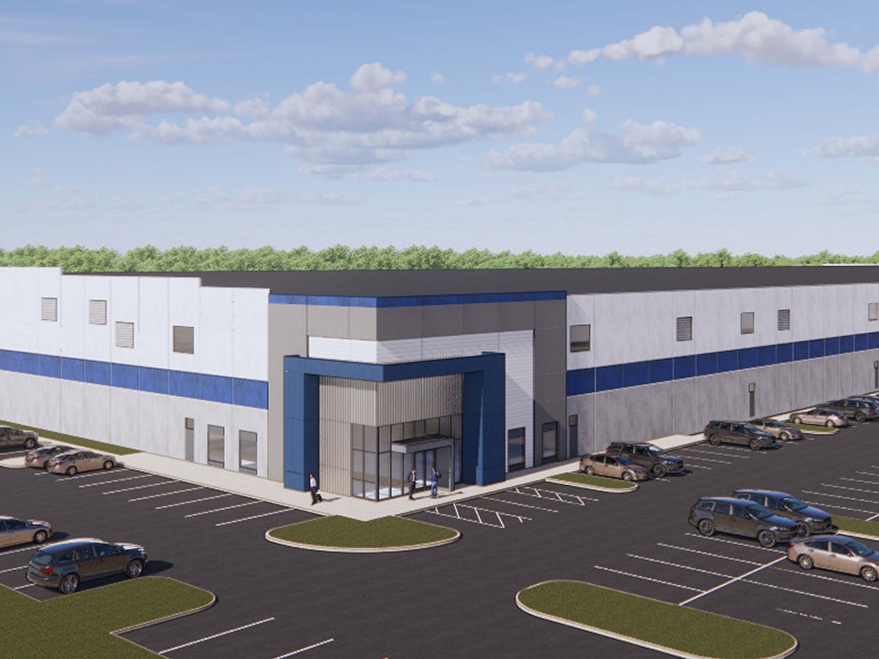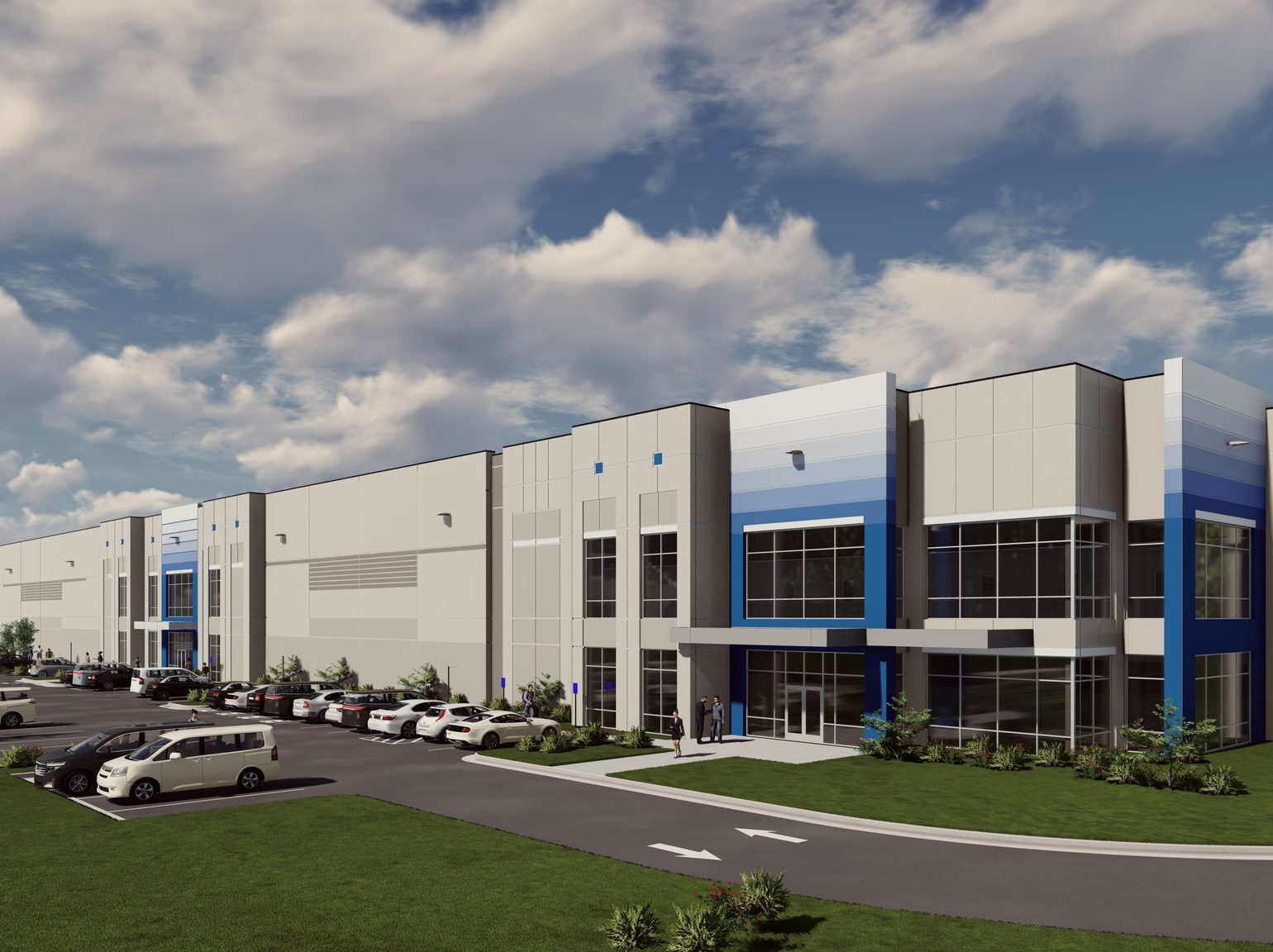Shifting Priorities: The Rise of Alternative Real Estate
Zain Ventures Founder & CEO Zain Jaffer on alternative investment options and asset types that are worth a close look today.

Zain Jaffer, Founder & CEO, Zain Ventures. Image courtesy of Zain Ventures
Traditional asset classes will likely continue to attract investor interest going forward due to their stable income stream and low risk-return ratio. However, the pandemic has given investors the opportunity to take a closer look at other asset types, while also accelerating trends that were already underway, such as the rise of e-commerce.
According to Zain Jaffer, founder & CEO of Zain Ventures, the past decade has seen an emergence of new types of real estate assets and investment structures—and their performance is less dependent on local market dynamics. Here’s what Jaffer thinks about the most attractive and financially viable asset types, especially in the current economic climate.
READ ALSO: Alternative CRE Types to Attract More Funding
Tell us more about the main trends that form the basis of long-term demand in the alternative real estate sector.
Jaffer: Institutional investors have been smart to pay attention to alternative real estate sectors over the last decade. Performance in those sectors has been steady and counter-cyclical. Returns have been desirably less correlated to the performance of the market as a whole. COVID-19 and its long-term implications make that detached performance all the more valuable, and emerging technological trends are setting the foundation for long-term growth in the alternatives sector.
Anyone active in the market knows everything is interconnected. Right now, technological and social change is underway—health care is experiencing accelerated growth, flexible and remote workspaces are undergoing a mass reimagination, and e-commerce and digital solutions are driving our economic recovery. The demographic shift toward an increasingly elderly population argues a strong case for investing in senior facilities. Health is driving the market and investors who are able to support smart portfolio acquisitions with high-level health and safety operations will see outsized returns in the alternatives market.
How can these forces sustain or increase demand in the long term?
Jaffer: To understand long-term trends in the market, consider the parts of our routine that are undergoing renovation. Businesses are discovering that remote work has the potential to be a more efficient and more cost-effective new normal. Hybrid work models are everywhere, driving demand for more specialty workspaces and data centers.
Similarly, the ensuing silver tsunami is a sure sign that there are returns to be had in health-care facilities, senior housing and assisted living facilities. Growing in its attraction, the senior housing market is being shaped as we speak. Although demand is steady and rising, major inefficiencies have come to light throughout the duration of the pandemic.
Owners and operators will be overwhelmingly rewarded for improvements to design and investments in experience-assisting technology. Investments in the sector that prioritize integrated tech, design innovation and a higher standard of health care will be well positioned for steady returns.
Another pandemic-born trend is the shift to e-commerce, a move that experts are considering semipermanent. Not only are retailers around the world disappointed by the holes in their supply chain operations, they’re also in need of more self storage, cold storage and safety inventory space. E-commerce is a new driving force in the market and the specialty real estate that supports it can be considered a safe bet.
Elaborate on the opportunities arising due to these shifting trends.
Jaffer: A recent report by CBRE compares investor interest in different alternatives from 2016 through 2020. The largest spikes are seen in the health-care and data center sectors.
Health-care employment often has an inverse relationship to economic performance, growing faster in times of economic duress. More employment will be linked to more space absorption and greater rental income. It’s not always a straightforward investment since health-care facilities are highly specialized and require sizable initial investments. But in the aftershock of the pandemic, demand is likely to rise and service offerings are evolving as we speak.

Image by Akela999 via Pixabay.com
Already a key player in our ever-connected world, data centers will hugely benefit from the shift to remote and hybrid working. Growth in areas with strong infrastructure, tech literacy and power supply—Silicon Valley, Singapore, Tokyo, London and similar areas—will see the greatest returns, and markets with strong growth in tech-related positions will share in the momentum.
If we shift for a moment to the trends in e-commerce, one of the biggest spikes in demand has come from food and grocery sales. Perishables and refrigerated/frozen foods have introduced a completely novel need for cold space solutions and investors have taken notice.
As smaller retailers enter the market as newcomers, opportunities like sale/leasebacks, joint ventures with cold chain operators and metropolitan-adjacent build-to-suit developments are particularly attractive. And as cold storage spaces command higher rent premiums compared to dry spaces, owners and investors might consider space conversions—the transformation from dry to cold storage—as a place to introduce higher portfolio returns.
READ ALSO: Medical Office Buildings Poised for Quick Recovery
What can you tell us about today’s leading sectors of alternative real estate?
Jaffer: Roughly 12 percent of commercial real estate investment in the Americas is made up of alternative assets, with the most market activity coming from the U.S. While the market suffered the same pressures as other sectors in the COVID-19 economy, investor interest remains steady in the aforementioned fields.
The promises of alternative real estate still ring true—these assets tend to have less turnover and offer higher yields. Investors are attracted to the stable income and the way that alternatives investing can properly diversify a portfolio. Sectors like health care and student housing are also well known for their downturn protection.
Now, with the transformative force of COVID-19 leaving trends clear in the market, these sectors have added potential due to their involvement in our collective pandemic recovery. The demographic shift underway, combined with the technological and social changes that have been accelerated by COVID-19, present career-defining opportunities for specialty investors to grow the market and be involved in the road back to recovery.
What are the challenges of alternative real estate investment?
Jaffer: Competition is growing quickly and investors need both a clear strategy and an eye for innovation to find their fit in a fast-evolving market. In crafting an investment plan, successful investors are being rewarded for their fresh thinking, agility and, above all, patience. High returns often require the exploration of new sectors, the taking on of risk and an active engagement in the complexities of operation.
In the past, the operational expertise required in the alternatives sector made it a space largely dominated by owner-occupier investments. While it’s clear that new capital in the space will be rewarded, it’s imperative that investors familiarize themselves with the nuances of the spaces they take on. Value-add investors that partner with operators to maximize their understanding will be well positioned. Investors that can identify, comprehend and capitalize on the opportunities present in the alternatives sector will create a winning platform to reap the coming rewards.
How do you see the alternative real estate sector going forward?
Jaffer: My outlook is that the real estate sector holds immense promise and it is likely to become more mainstream in the future. Market information is already more available than it has been in years past and improved transparency in the sector will continue to be beneficial. It’s my opinion that competition in the sector will only be increasing.







You must be logged in to post a comment.